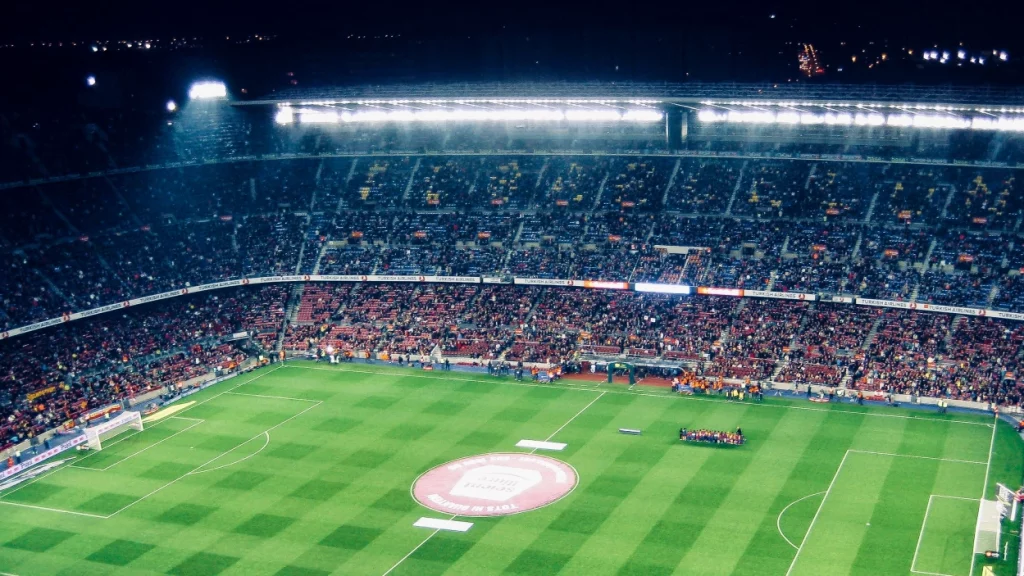Last Updated on February 17, 2024 by Saira Farman
Soccer is considered an eminently perceptive sport, in the development of the game the players are mediated by the changes that occur in the environment, such as teammates, opponents and the ball. An open or external regulation ability is required. In order to function, it is necessary to adapt and regulate external factors, through peripheral or visual information and interacting through cooperation and opposition in a manner consistent with the different phases of the game (attack/defense), according to the respective objectives with respect to possession or not of the ball.
Taking into account its structure, we can define football as:
“A collective sport where a motor interaction takes place in a given context and conditions among the participants, as a consequence of the presence of teammates and opponents, using a common space (standardized and without uncertainty) and with simultaneous participation through cooperation/opposition and with objectives or goals to be achieved”.
Soccer as a team sport presents an organized complexity
with selective relationships between the elements that intervene in its context. Complex systems must not only adapt to their environment but also to their own complexity. The uncertainty that originates in the relationships of these elements, forces players to develop the ability to adapt and readapt to the variability of ephemeral situations that occur in soccer sequences and events (constant changes of actions, while new ones appear to while others disappear), but the player must have the ability to capture the relevant information for the events that are taking place, to be able to analyze and intervene in them.
Therefore complexity in football implies:
Uncertainty, indeterminacy. The relationship and individual, group and team interaction in game actions. There is also a random component that is difficult to control and predict.
Succession of ephemeral actions
The same action is not maintained: dynamics and variables.
Need to obtain information from the environment to be able to organize and intervene correctly (prediction and control)
Based on it, it is decided: trying to rationalize individual, group and collective participation based on the objectives required at the time
Execution: every action in the game is a decision and a bet made by the player
Currently, there are different theories about the training and teaching of team sports, considering various models on how these sports. The inclination they have, based on an analysis of the game and its structure, is to approach teaching or training in a more global way, with a more complex dimension and closer to the reality of the game and the conditions that occur. in the competition. The process must start from the analysis of the game, to define the problems that are presented to the player and the team at all times.

